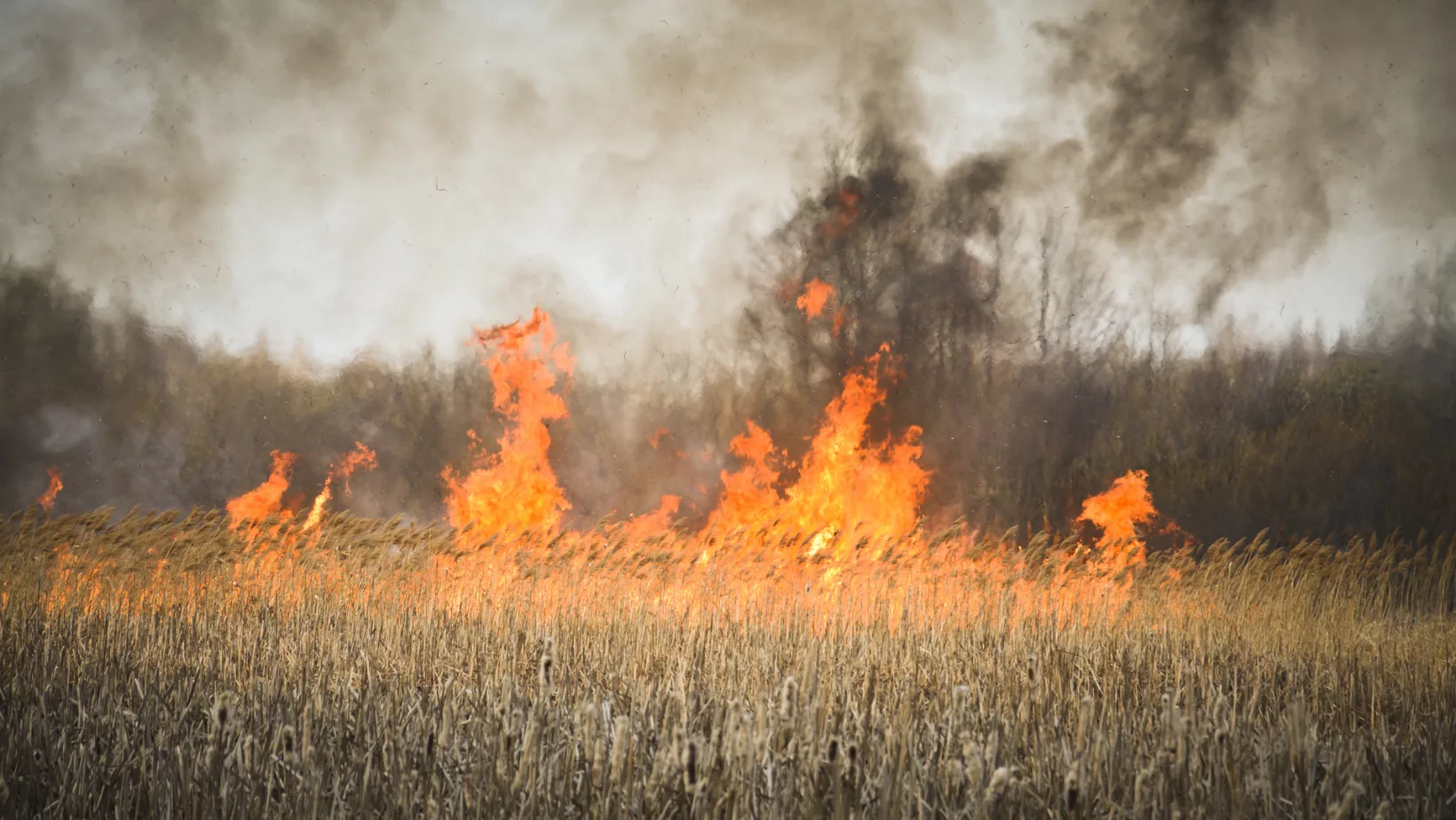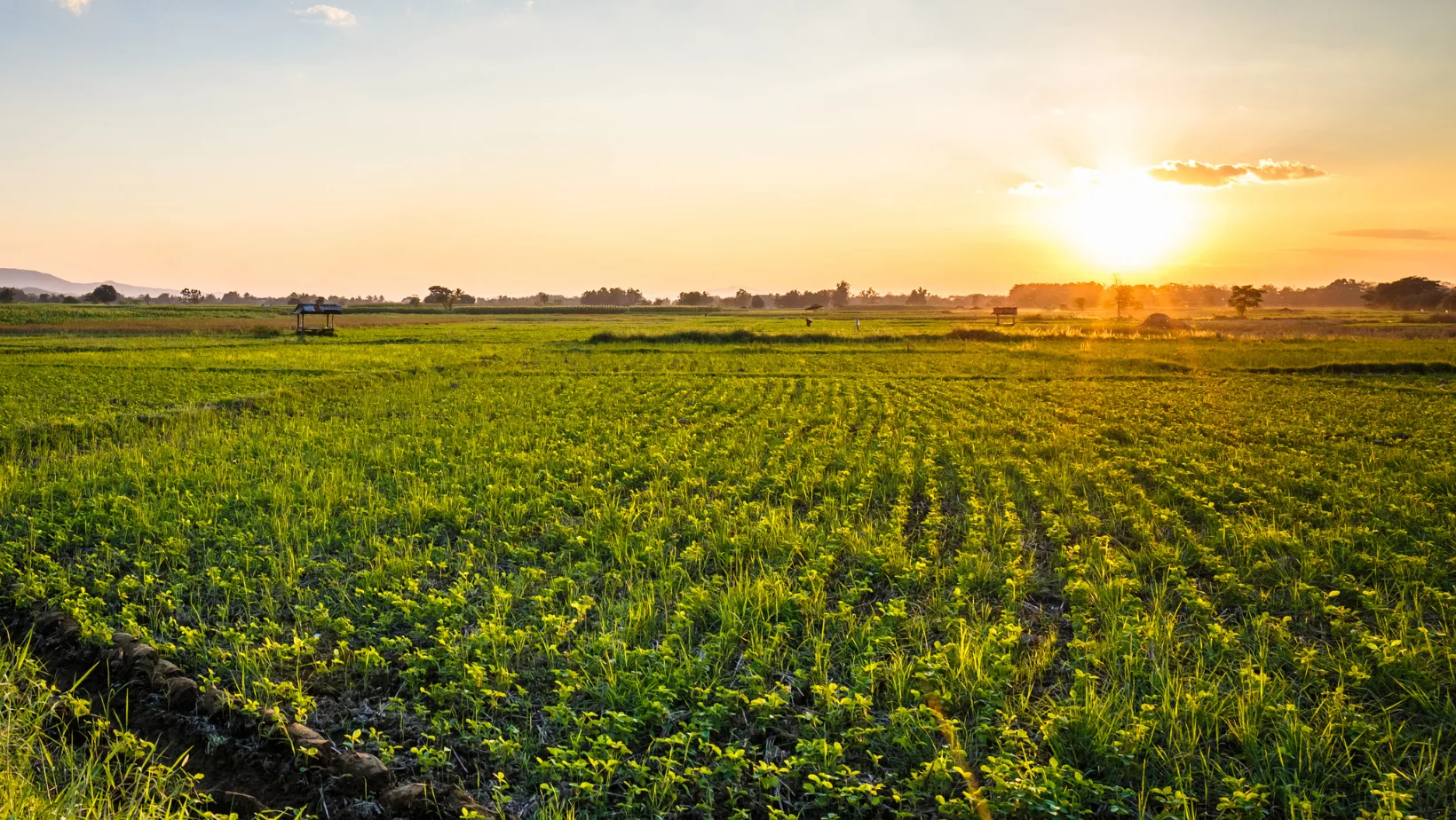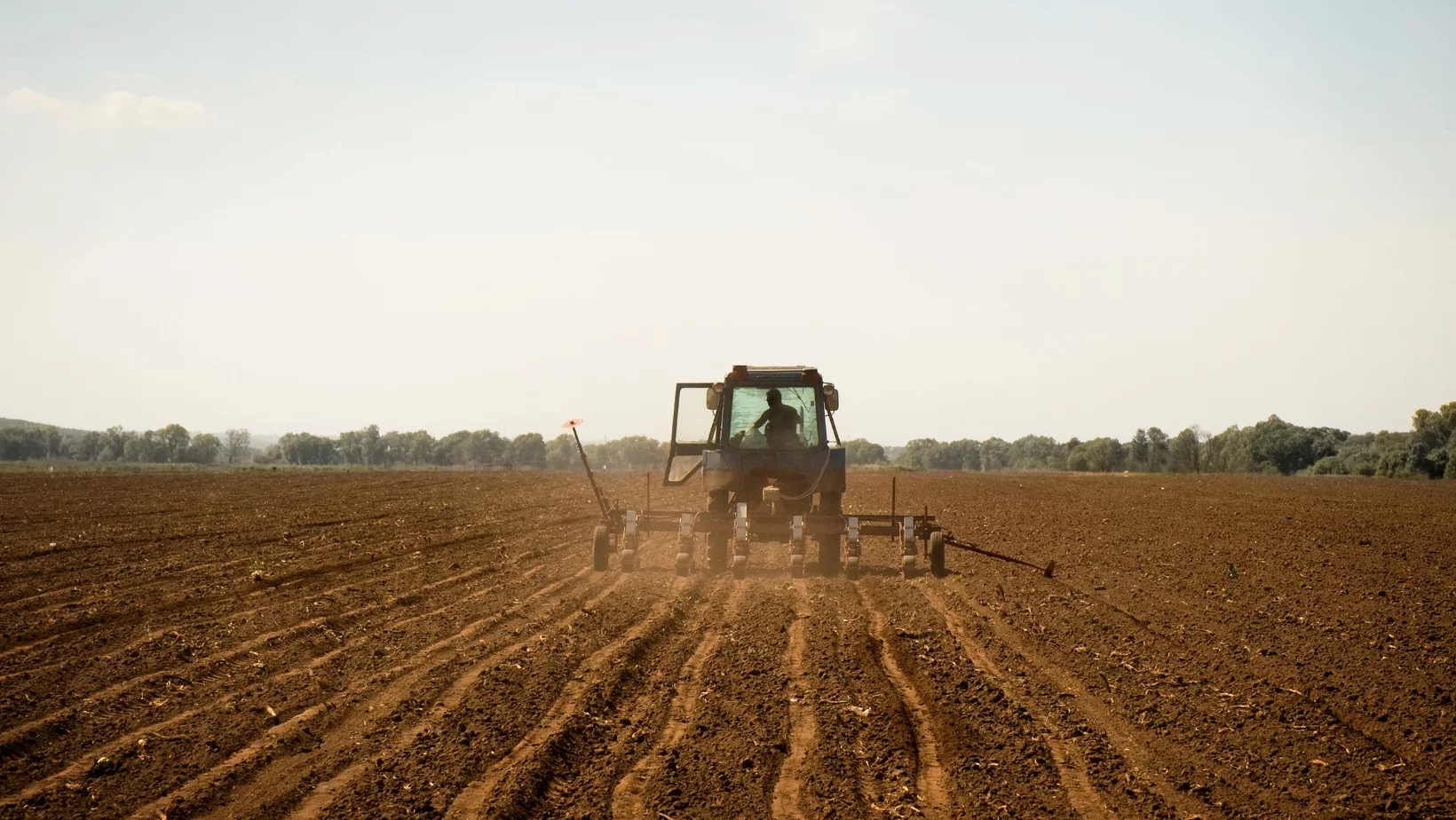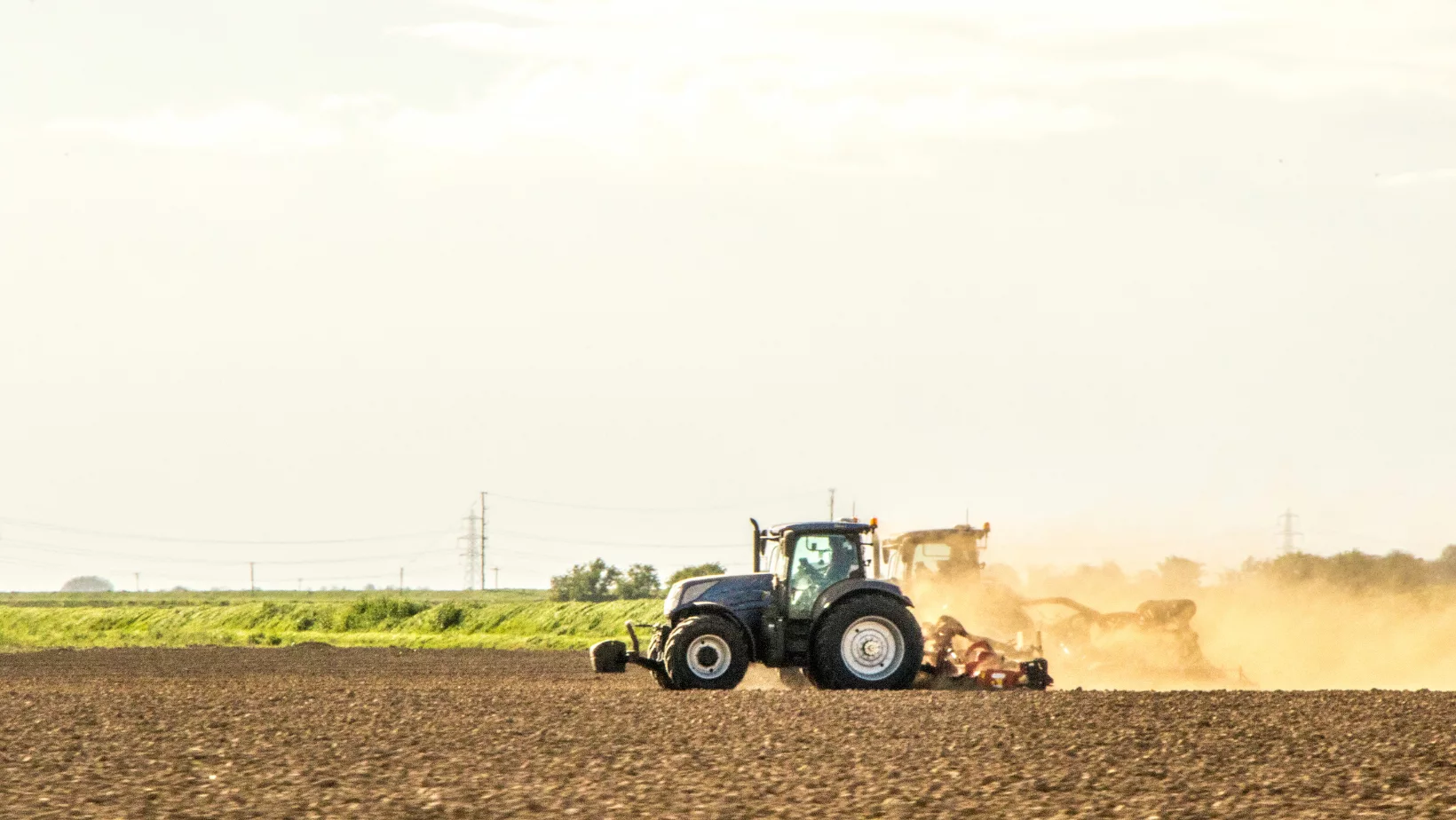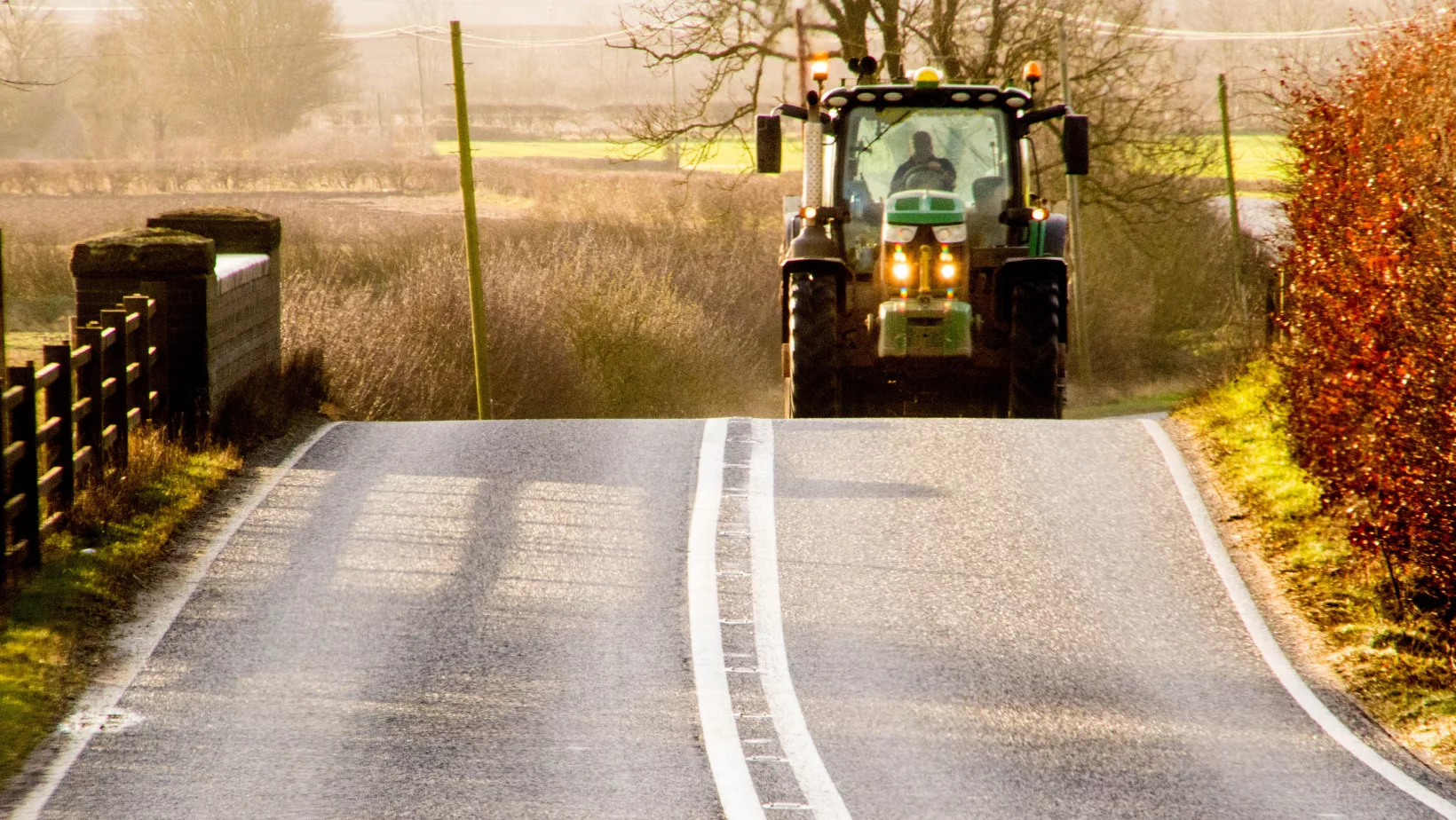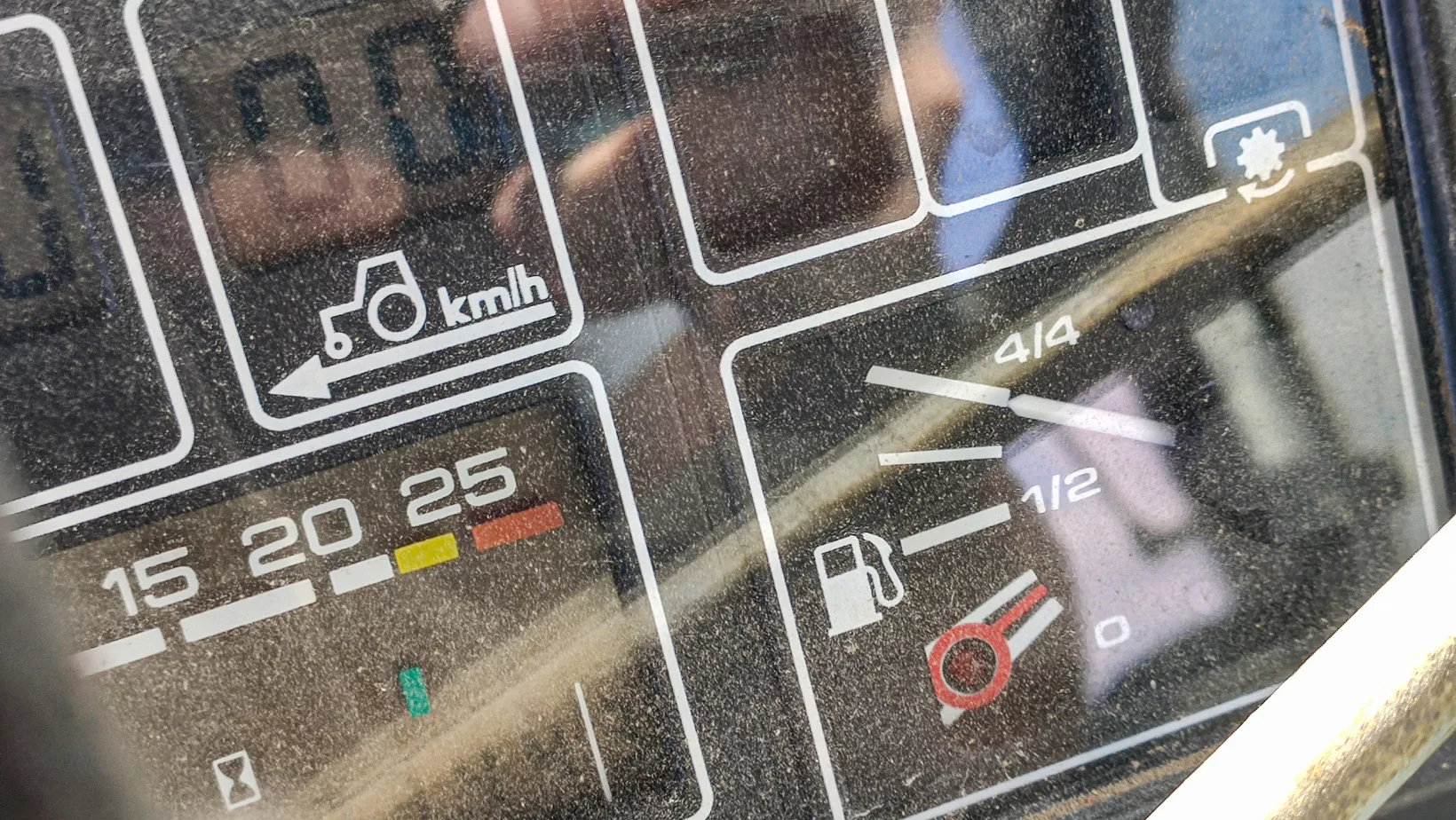
Improving farm fuel economy with telematics in commercial agriculture
The following information is provided by Nationwide®, the #1 farm and ranch insurer in the U.S.*
A combination of factors from supply chain disruptions and inflation to conflicts around the world have shaken nerves in the oil market. The resulting higher fuel costs are a massive burden on large farming operations with large vehicle fleets.
There are a lot of things farmers can do to cut fuel bills. Telematics technology is on that list. Telematics offers a whole new toolbox to help keep fuel costs down through:
•Fuel-efficient operation
•Route optimization
•Proactive maintenance
“The ROI becomes clear immediately. Telematics is a way to create a cost benefit,” said Nationwide Agribusiness Senior Risk Management Consultant Brian Hammer. “Without it, you may miss out on an opportunity to manage day-to-day costs.”
Monitor operator behavior
The first way telematics streamlines fuel use is by monitoring operator behavior. This can help you ensure drivers aren’t wasting fuel. Things like excessive idling and driving at high speeds can cut fuel economy drastically.
Excessive idling is just one of the driver behaviors telematics can help you monitor. “It’s important to know you can supervise operators even when you’re not there. Telematics helps you do that,” Hammer said. “How an operator treats a piece of machinery translates directly to how much you spend on fuel.”
Manage route optimization
Without telematics, it’s tough enough to know the location of every truck and machine you operate, let alone optimize travel to minimize fuel use. With it, you can do both. Effective route optimization can save you a lot on fuel.
“Telematics helps you manage route optimization by confirming your trucks are in the right places and taking the shortest, most efficient routes,” Hammer said. “Optimizing your routes is a great way to save on fuel costs. Telematics makes that much easier to do today.”
Maintain performance and efficiency
Telematic data reveals performance and efficiency trends over time. By acting on some of the specific data telematic tools gather —tire pressure, for example —you can lower fuel and maintenance costs over time.
“If you’re not maintaining the right pressure, you lose fuel efficiency in the short term and can shorten the life of your tires in the long term. Telematics helps you plan ahead for replacement, avoid unexpected interruptions and maximize fuel efficiency,” Hammer said. “Keeping an eye on things like this can keep your costs down, both with fuel economy and maintenance.”
Get started with telematics today
Nationwide has partnered with Razor Tracking, a leader in real-time telematics and dashboard camera solutions. Nationwide farm policyholders receive preferred pricing on Razor’s devices and subscription fees. Email nationwide@razortracking.comto connect with a Razor Tracking representative and learn how this technology is right for your business.
Visit AgInsightCenter.com for expert tips and information from Nationwide for your farm or ranch.
*A.M. Best Market Share Report 2021.
Nationwide, the Nationwide N and Eagle, and Nationwide is on your side are service marks of Nationwide Mutual Insurance Company. © 2022 Nationwide

